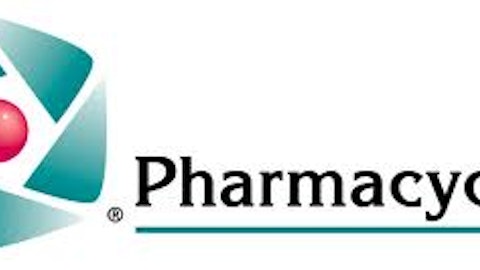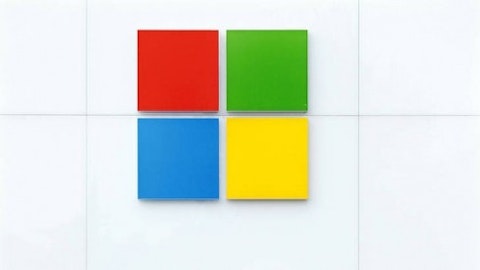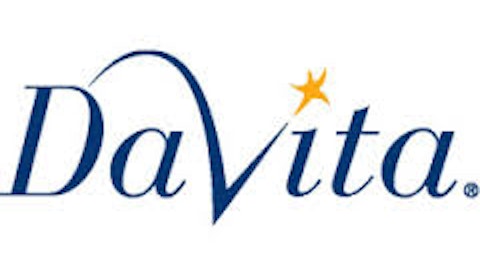 Momentum is an important attribute when picking stocks to trade, and the strength of the price movement is something you want to embrace, not fight against.
Momentum is an important attribute when picking stocks to trade, and the strength of the price movement is something you want to embrace, not fight against.
One of the strongest market sectors this year has been pharmaceuticals. The SPDR S&P Pharmaceuticals (ETF) (NYSE:XPH) has gained more than 30% year to date, double the gains of the S&P 500.
Not all pharma stocks have fared so well, though. Pfizer Inc. (NYSE:PFE) is only up 11% year to date, lagging behind the broader market and sharply behind its peers.

On the chart below, we can see that the January breakout above $27 held on the June and July pullbacks, forming a key support level. The $4 range between the $27 breakout level and the $31 yearly highs targets a breakout move to $35.

The $35 target is about 22% higher than current prices, but traders who use a capital-preserving stock-substitution strategy could more than double their money on a move to that level.
One major advantage of using long call options rather than buying a stock outright is putting up much less capital to control 100 shares — that’s the power of leverage. But with all of the potential strike and expiration combinations, choosing an option can be a daunting task.
Simply put, you want to buy a high-probability option that has enough time to be right, so there are two rules traders should follow:
Rule One: Choose an option with a delta of 70 or above.
An option’s strike price is the level at which the options buyer has the right to purchase the underlying stock or ETF without any obligation to do so. (In reality, you rarely convert the option into shares, but rather simply sell back the option you bought to exit the trade for a gain or loss.)
It is important to buy options that pay off from a modest price move in the underlying stock or ETF (exchange-traded fund) rather than those that only make money on the infrequent price explosion. In-the-money options are more expensive, but they’re worth it, as your chances of success are mathematically superior to buying cheap, out-of-the-money options that rarely pay off.
An option’s delta approximates the odds that the option will be in the money at expiration. It is a measurement of how well an option follows the movement in the underlying security. You can find an option’s delta using an options calculator, such as the one offered by the CBOE.
With PFE trading at about $28.80, an in-the-money $25 strike call option currently has $3.80 in real or intrinsic value. The remainder of the premium is the time value of the option. And this call option currently has a delta of about 76.
Rule Two: Buy more time until expiration than you may need — at least three to six months — for the trade to develop.
Time is an investor’s greatest asset when you have completely limited the exposure risks. Traders often do not buy enough time for the trade to achieve profitable results. Nothing is more frustrating than being right about a move only after the option has expired.
With these rules in mind, I would recommend the PFE Jan 2015 25 Calls at $4.50 or less.
A close below $27 in PFE on a weekly basis or the loss of half of the option’s premium would trigger an exit. If you do not use a stop, the maximum loss is still limited to the $450 or less paid per option contract. The upside, on the other hand, is unlimited. And the January 2015 options give the bull trend a year and a half to develop. (The January 2014 $25 calls are currently trading for about $4, which means we’re only paying 50 cents more for an extra year’s worth of time.)
This trade breaks even at $29.50 ($25 strike plus $4.50 options premium). That is less than $1 above PFE’s current price. If shares hit the breakout target of $35, then the call options would have $10 of intrinsic value and deliver a gain of more than 100%.
Action to Take –>
— Buy PFE Jan 2015 25 Calls at $4.50 or less
— Set stop-loss at $2.25
— Set initial price target at $10 for a potential 122% gain in 18 months
This article originally published at ProfitableTrading.com
Pharma Stock Could Make Traders 122% on a Catch-up Rally
Warren Buffett’s Top 5 Stocks Buffett’s firm, Berkshire Hathaway, holds dozens of stocks. But these five make up 75% of its portfolio… worth $65 billion. Click here to get Buffett’s top 5 stocks plus his 16 latest buys, FREE.
.





